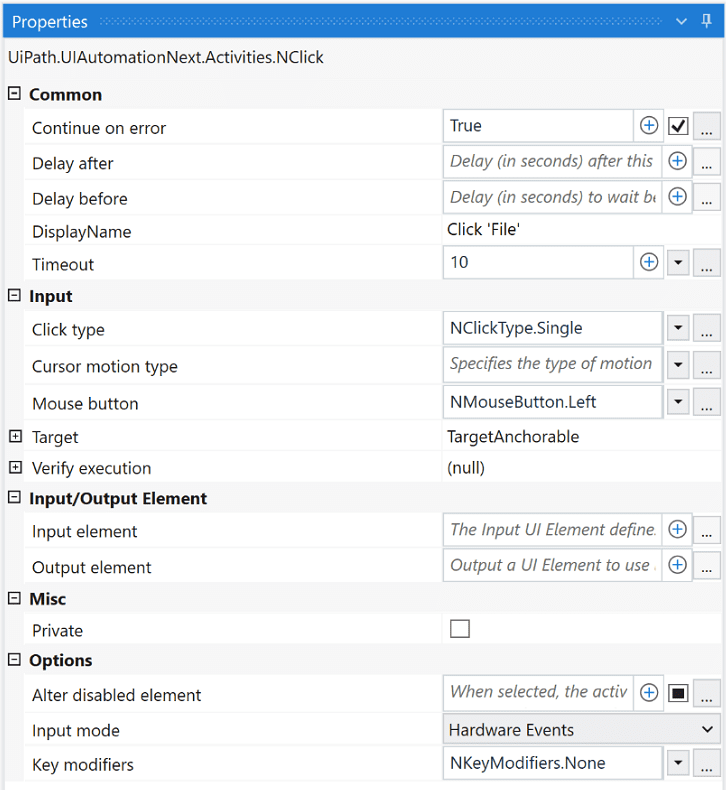At ValidExamDumps, we consistently monitor updates to the UiPath-ADAv1 exam questions by UiPath. Whenever our team identifies changes in the exam questions,exam objectives, exam focus areas or in exam requirements, We immediately update our exam questions for both PDF and online practice exams. This commitment ensures our customers always have access to the most current and accurate questions. By preparing with these actual questions, our customers can successfully pass the UiPath Automation Developer Associate v1 Exam exam on their first attempt without needing additional materials or study guides.
Other certification materials providers often include outdated or removed questions by UiPath in their UiPath-ADAv1 exam. These outdated questions lead to customers failing their UiPath Automation Developer Associate v1 Exam exam. In contrast, we ensure our questions bank includes only precise and up-to-date questions, guaranteeing their presence in your actual exam. Our main priority is your success in the UiPath-ADAv1 exam, not profiting from selling obsolete exam questions in PDF or Online Practice Test.
How does UiPath handle different dependency versions for multiple running processes that run at the same time?
A developer needs to prioritize automating several processes. To help prevent any long-term maintenance, which process attribute should be avoided?
What happens to existing project dependencies in UiPath Studio when converting a Windows-Legacy project to Windows?
A developer configured the properties for a Click activity as shown below:

What happens if the activity cannot find its target at runtime?
Suppose a developer is working with a 2023 yearly calendar. To expand the calendar into a monthly view, the developer must always click on the 15th day of the current month and add an event.
The selector for the Event Date Element activity in March is presented as follows:
How should the selector be altered to guarantee that it clicks on the 15th of the ongoing month?